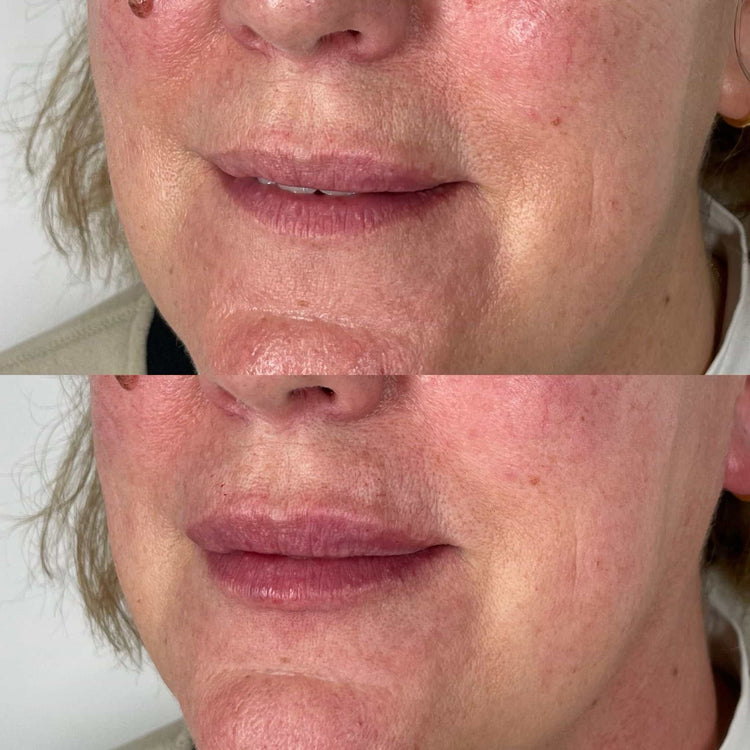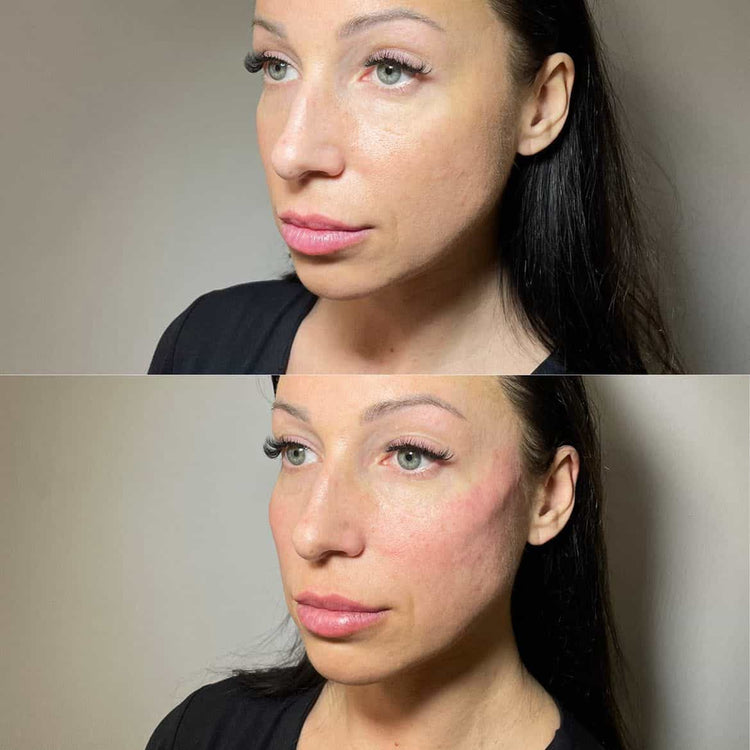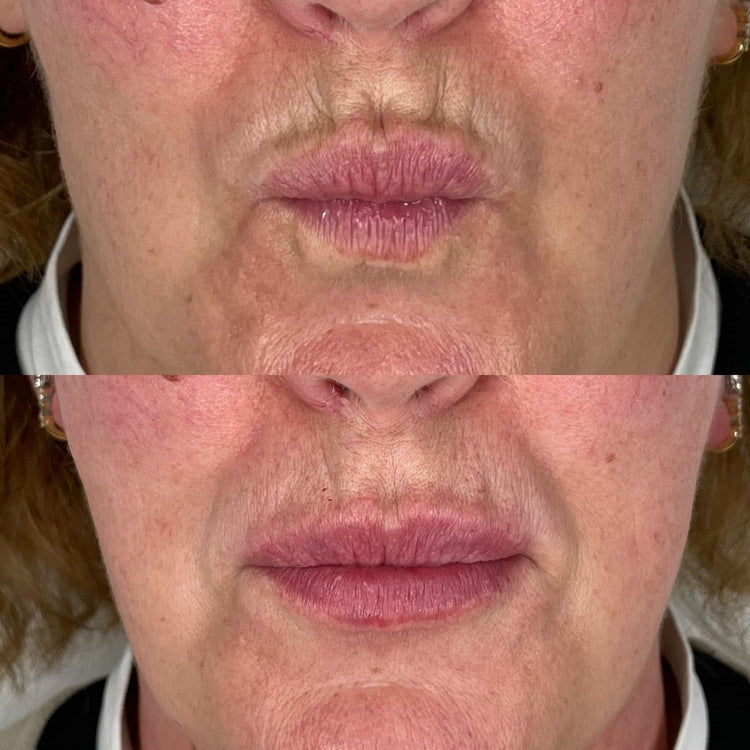Can Dermal Fillers Be Used During Pregnancy Or Breastfeeding
Risks and Considerations
Dermal fillers are injectable substances used to smooth wrinkles, plump lips, and enhance facial features. While they can be a popular cosmetic option for many, it’s crucial to understand the potential risks and considerations involved, especially when considering pregnancy or breastfeeding.
Potential Harm to the Fetus
The safety of using dermal fillers during pregnancy or breastfeeding is not fully established. There are limited studies on the potential effects of filler ingredients on fetal development or breast milk.
Some concerns include the risk of allergic reactions, migration of the filler material, and potential hormonal disruptions. Given these uncertainties, it’s generally recommended to avoid dermal fillers during pregnancy and breastfeeding.
Lack of Long-Term Safety Data
A significant risk associated with using dermal fillers during pregnancy or breastfeeding is the lack of long-term safety data.
Long-term studies on the effects of dermal filler ingredients on fetal development or the developing infant are limited. This lack of data makes it difficult to assess potential risks that may not become apparent for years.
Without sufficient evidence to guarantee safety, the potential harm to the fetus or nursing infant outweighs any perceived cosmetic benefits.
Limited Research on Breastfeeding Effects

The use of dermal fillers during pregnancy and breastfeeding carries significant risks due to limited research on their effects. There is insufficient data to confirm the safety of these substances for both the developing fetus and nursing infants.
Potential concerns include allergic reactions, migration of filler material, and hormonal disruptions, all of which could have unforeseen consequences for fetal development or infant health.
Given this uncertainty, it is prudent to avoid dermal fillers during these vulnerable periods.
Alternatives to Dermal Fillers
For individuals seeking alternatives to dermal fillers during pregnancy or breastfeeding, a range of options exist.
Minimally Invasive Procedures
Non-invasive techniques like microneedling can stimulate collagen production and improve skin texture, offering subtle anti-aging benefits. Chemical peels can help exfoliate the skin, reducing the appearance of fine lines and promoting a brighter complexion.
For lip enhancement during pregnancy or breastfeeding, temporary solutions like tinted balms or lip glosses can provide a touch of color and volume.
Adopting a healthy lifestyle with a balanced diet rich in antioxidants and sufficient hydration can also contribute to skin health and radiance.
Lifestyle Changes for Facial Appearance
Alternatives to dermal fillers during pregnancy or breastfeeding include non-invasive techniques like microneedling, which stimulates collagen production and improves skin texture. Chemical peels exfoliate the skin, reducing the appearance of fine lines and promoting a brighter complexion.
For lip enhancement, temporary solutions like tinted balms or lip glosses offer a touch of color and volume.

Adopting a healthy lifestyle with a balanced diet rich in antioxidants and sufficient hydration can contribute to skin health and radiance.
Consultation with a Healthcare Professional
Before making any decisions about cosmetic procedures during pregnancy or breastfeeding, it is crucial to consult with a healthcare professional. They can provide personalized advice based on your individual circumstances, medical history, and the potential risks involved.

Importance of Discussing Pregnancy and Breastfeeding History
Consultation with a healthcare professional is essential before considering any cosmetic procedures during pregnancy or breastfeeding. They can assess your individual health status, discuss potential risks and benefits, and guide you toward the safest options for both yourself and your child.
Openly discussing your medical history, including any past pregnancies or breastfeeding experiences, is crucial. This information helps your healthcare provider evaluate potential risks and make informed recommendations.
Remember, prioritizing the health and well-being of both mother and child is paramount during these sensitive periods.
Seeking Expert Advice on Safe Alternatives
Dermal fillers are injectable substances used to smooth wrinkles, plump lips, and enhance facial features. While they can be a popular cosmetic option for many, it’s crucial to understand the potential risks and considerations involved, especially when considering pregnancy or breastfeeding.
The safety of using dermal fillers during pregnancy or breastfeeding is not fully established. There are limited studies on the potential effects of filler ingredients on fetal development or breast milk.
Some concerns include the risk of allergic reactions, migration of the filler material, and potential hormonal disruptions. Given these uncertainties, it’s generally recommended to avoid dermal fillers during pregnancy and breastfeeding.
A significant risk associated with using dermal fillers during pregnancy or breastfeeding is the lack of long-term safety data.
Long-term studies on the effects of dermal filler ingredients on fetal development or the developing infant are limited. This lack of data makes it difficult to assess potential risks that may not become apparent for years.
Without sufficient evidence to guarantee safety, the potential harm to the fetus or nursing infant outweighs any perceived cosmetic benefits.
The use of dermal fillers during pregnancy and breastfeeding carries significant risks due to limited research on their effects. There is insufficient data to confirm the safety of these substances for both the developing fetus and nursing infants.
Potential concerns include allergic reactions, migration of filler material, and hormonal disruptions, all of which could have unforeseen consequences for fetal development or infant health.
Given this uncertainty, it is prudent to avoid dermal fillers during these vulnerable periods.
Alternatives to dermal fillers during pregnancy or breastfeeding include non-invasive techniques like microneedling, which stimulates collagen production and improves skin texture. Chemical peels exfoliate the skin, reducing the appearance of fine lines and promoting a brighter complexion.
For lip enhancement, temporary solutions like tinted balms or lip glosses offer a touch of color and volume.
Adopting a healthy lifestyle with a balanced diet rich in antioxidants and sufficient hydration can contribute to skin health and radiance.
Before making any decisions about cosmetic procedures during pregnancy or breastfeeding, it is crucial to consult with a healthcare professional. They can provide personalized advice based on your individual circumstances, medical history, and the potential risks involved.
Consultation with a healthcare professional is essential before considering any cosmetic procedures during pregnancy or breastfeeding. They can assess your individual health status, discuss potential risks and benefits, and guide you toward the safest options for both yourself and your child.
Openly discussing your medical history, including any past pregnancies or breastfeeding experiences, is crucial. This information helps your healthcare provider evaluate potential risks and make informed recommendations.
Remember, prioritizing the health and well-being of both mother and child is paramount during these sensitive periods.
Post-Procedure Monitoring
Post-procedure monitoring is a crucial aspect of ensuring patient safety and optimizing treatment outcomes after any cosmetic procedure.
Observing for Any Adverse Reactions
Post-procedure monitoring involves observing patients for any adverse reactions or complications following a dermal filler injection.
This typically includes checking for signs of infection, swelling, redness, bruising, or any unusual sensations at the injection site.
Patients are also advised to monitor their overall well-being and report any changes in symptoms to their healthcare provider promptly.
Regular follow-up appointments allow healthcare professionals to assess healing progress, address any concerns, and make adjustments to treatment plans if needed.
Following Instructions Carefully
Post-procedure monitoring is a crucial aspect of ensuring patient safety and optimizing treatment outcomes after any cosmetic procedure.
Post-procedure monitoring involves observing patients for any adverse reactions or complications following a dermal filler injection. This typically includes checking for signs of infection, swelling, redness, bruising, or any unusual sensations at the injection site. Patients are also advised to monitor their overall well-being and report any changes in symptoms to their healthcare provider promptly. Regular follow-up appointments allow healthcare professionals to assess healing progress, address any concerns, and make adjustments to treatment plans if needed.
Enquire about dermal fillers to smooth forehead lines at It’s Me & You Clinic
- Juvederm Volite Skin Booster Treatments Near Albury, Surrey - May 6, 2025
- Can Dermal Fillers Be Used During Pregnancy Or Breastfeeding - May 4, 2025
- Botox Lip Flip In Primrose Hill, London - May 3, 2025